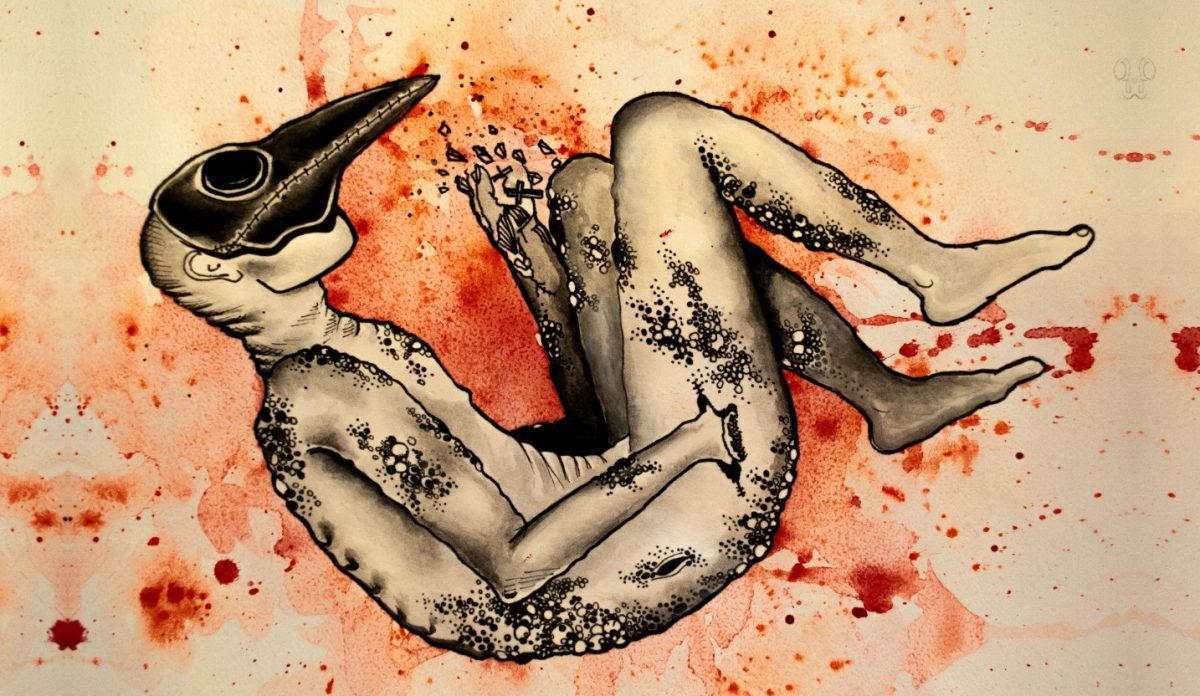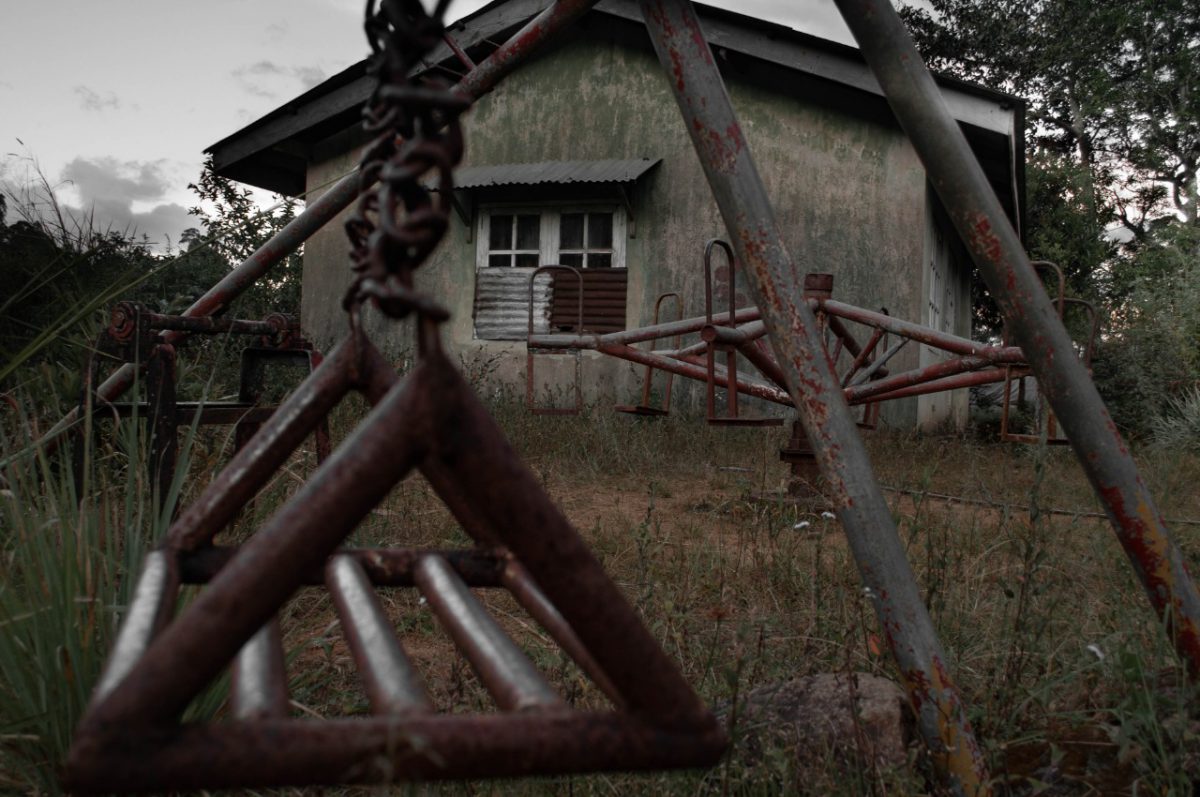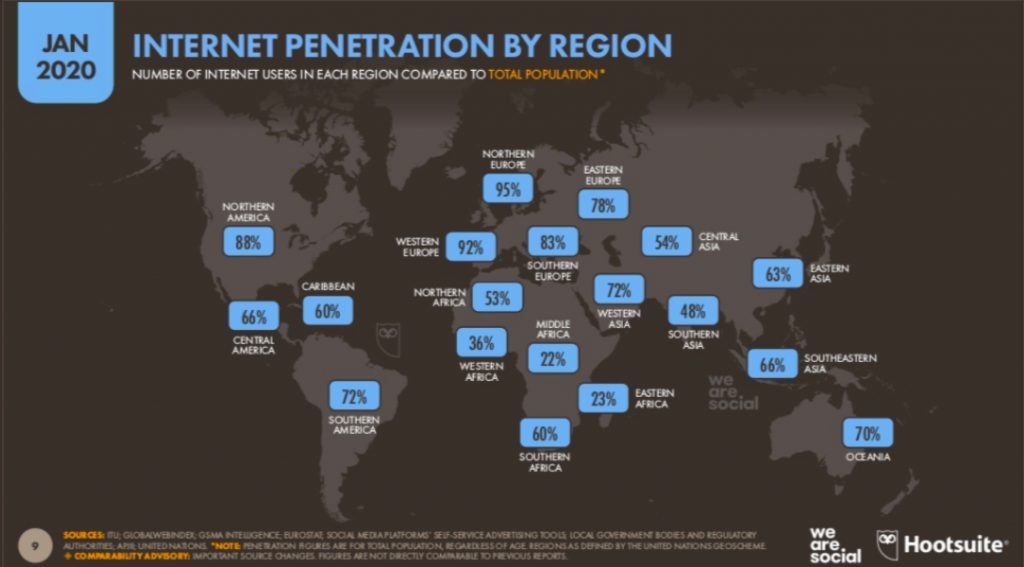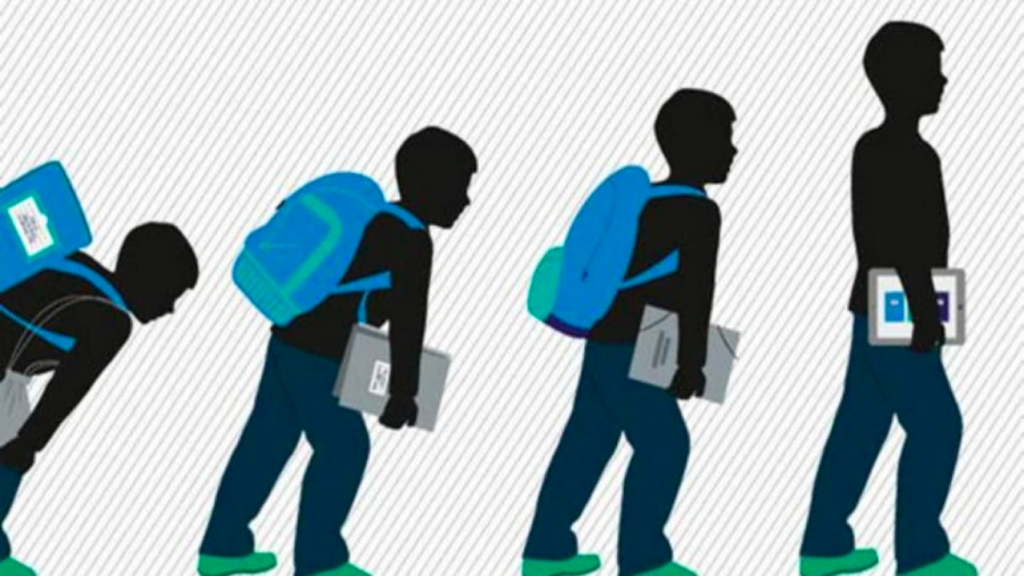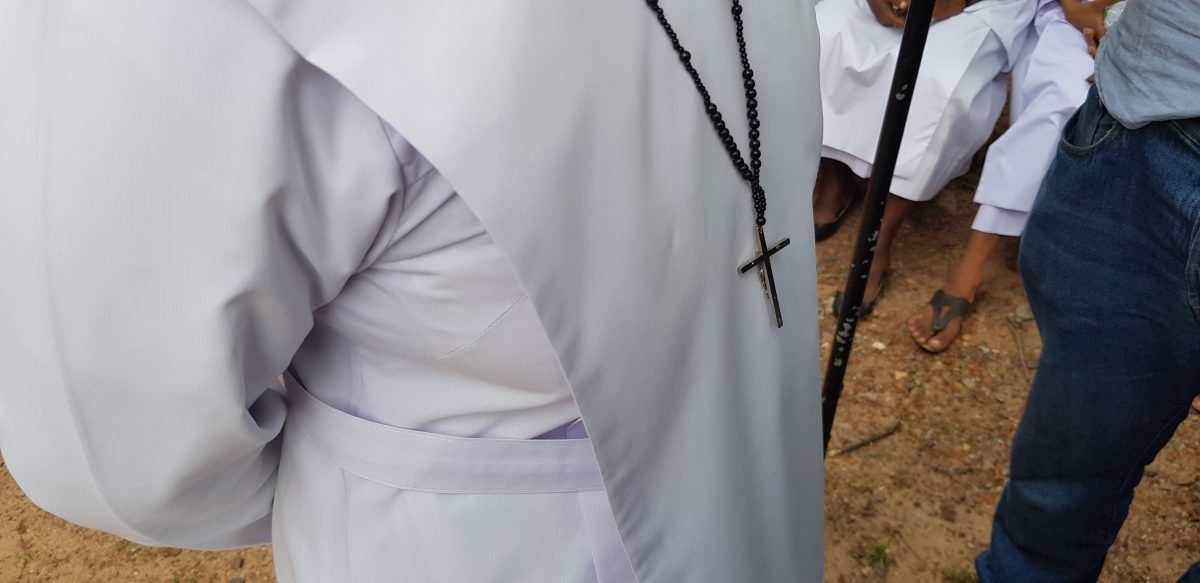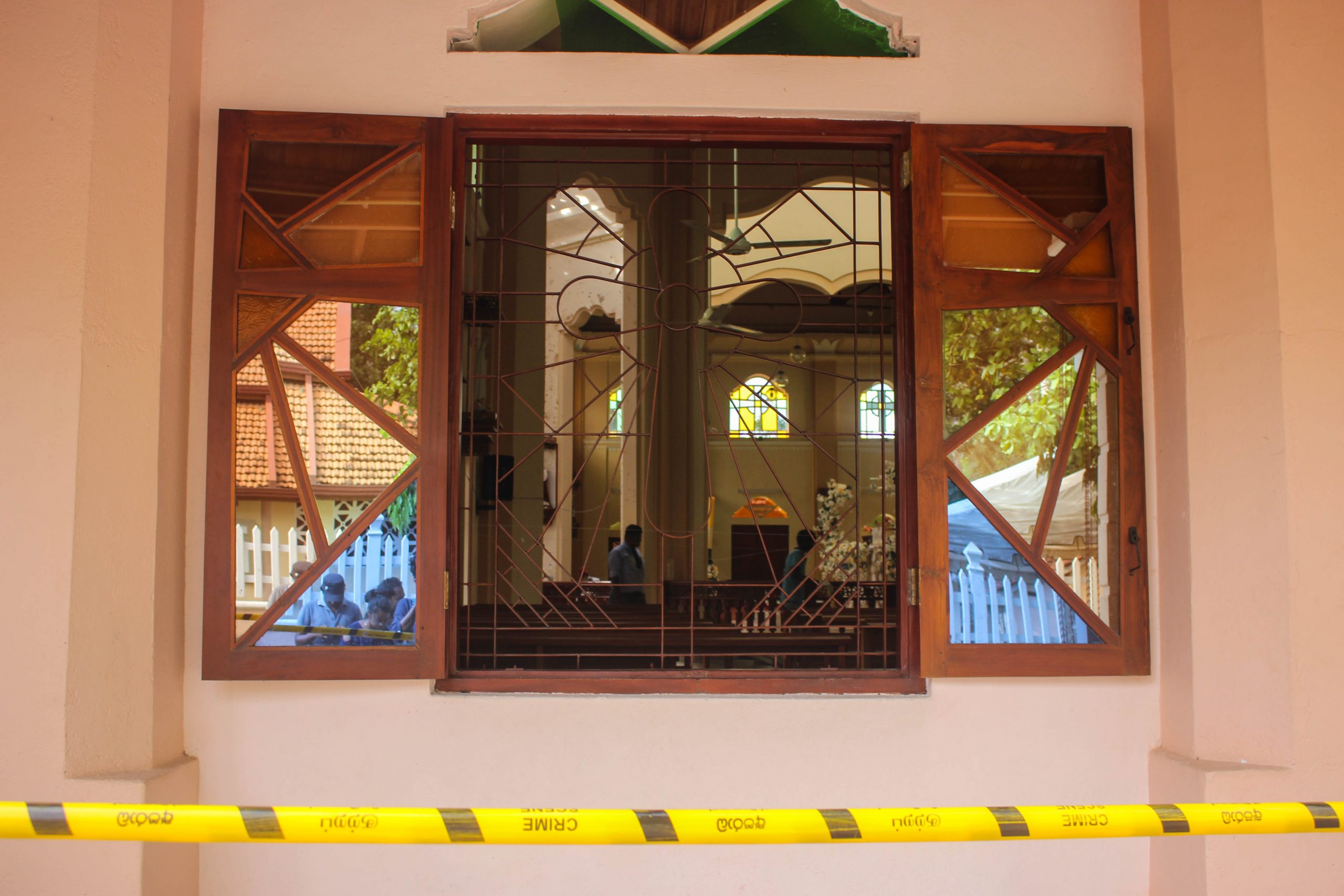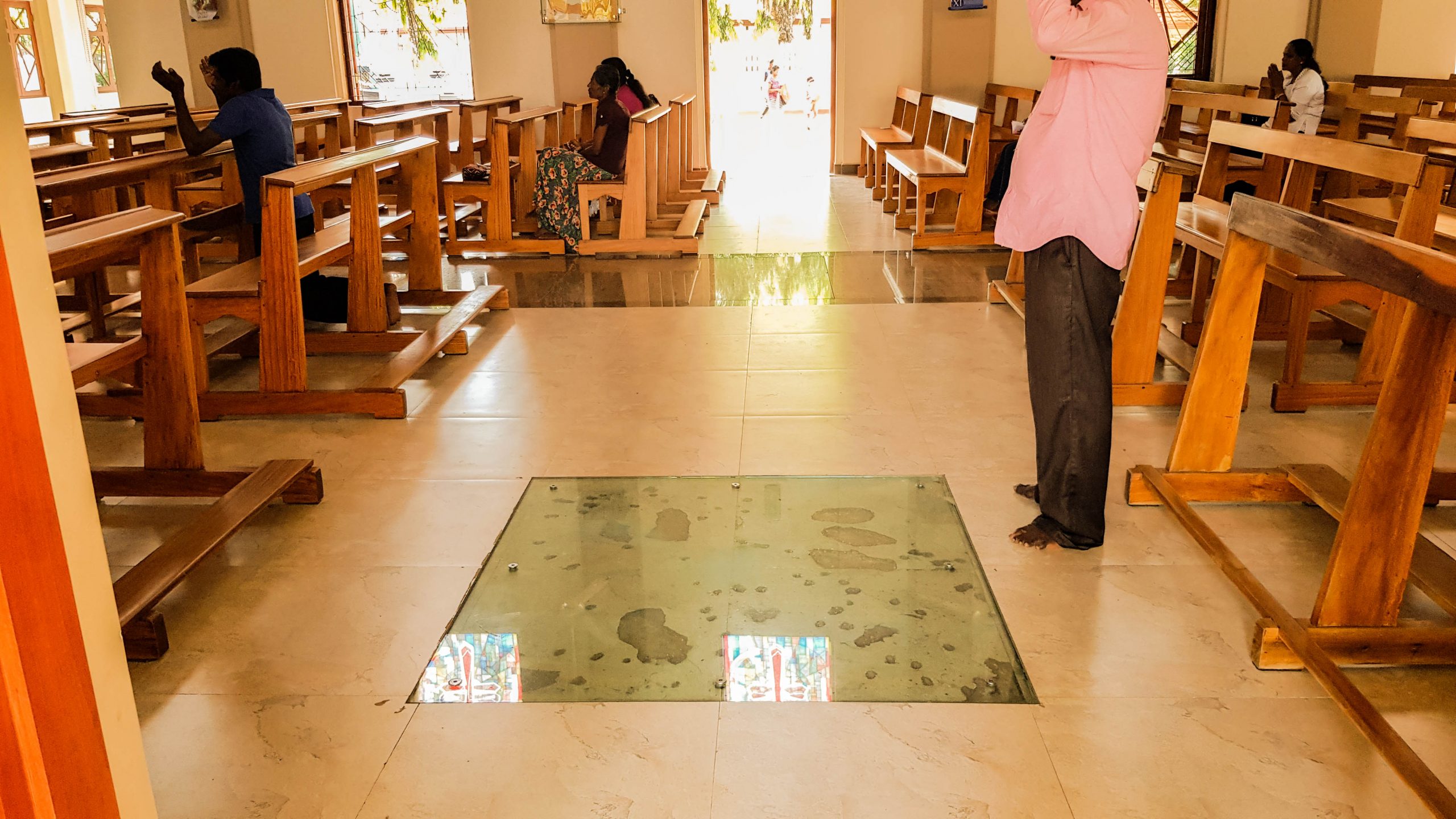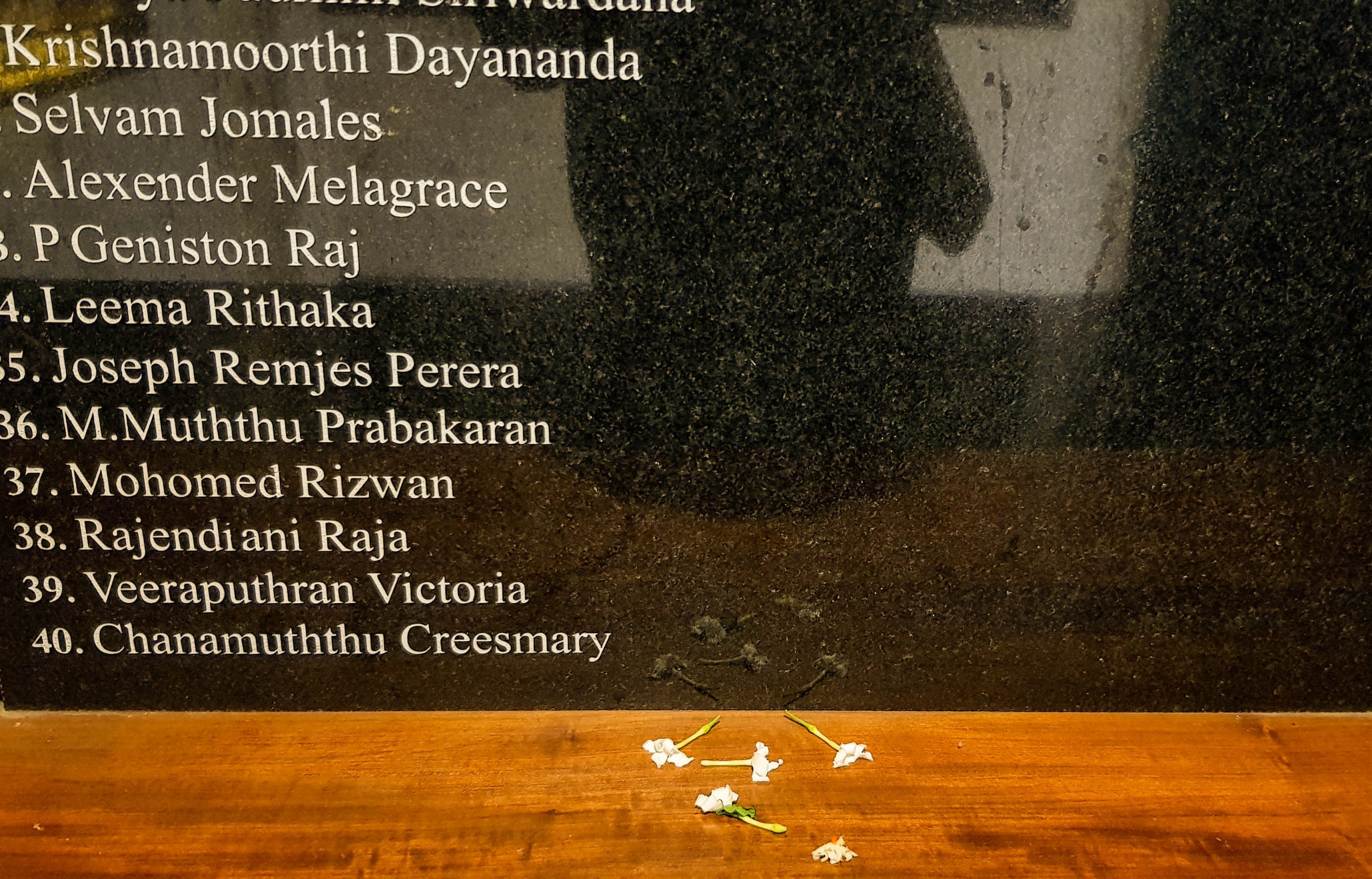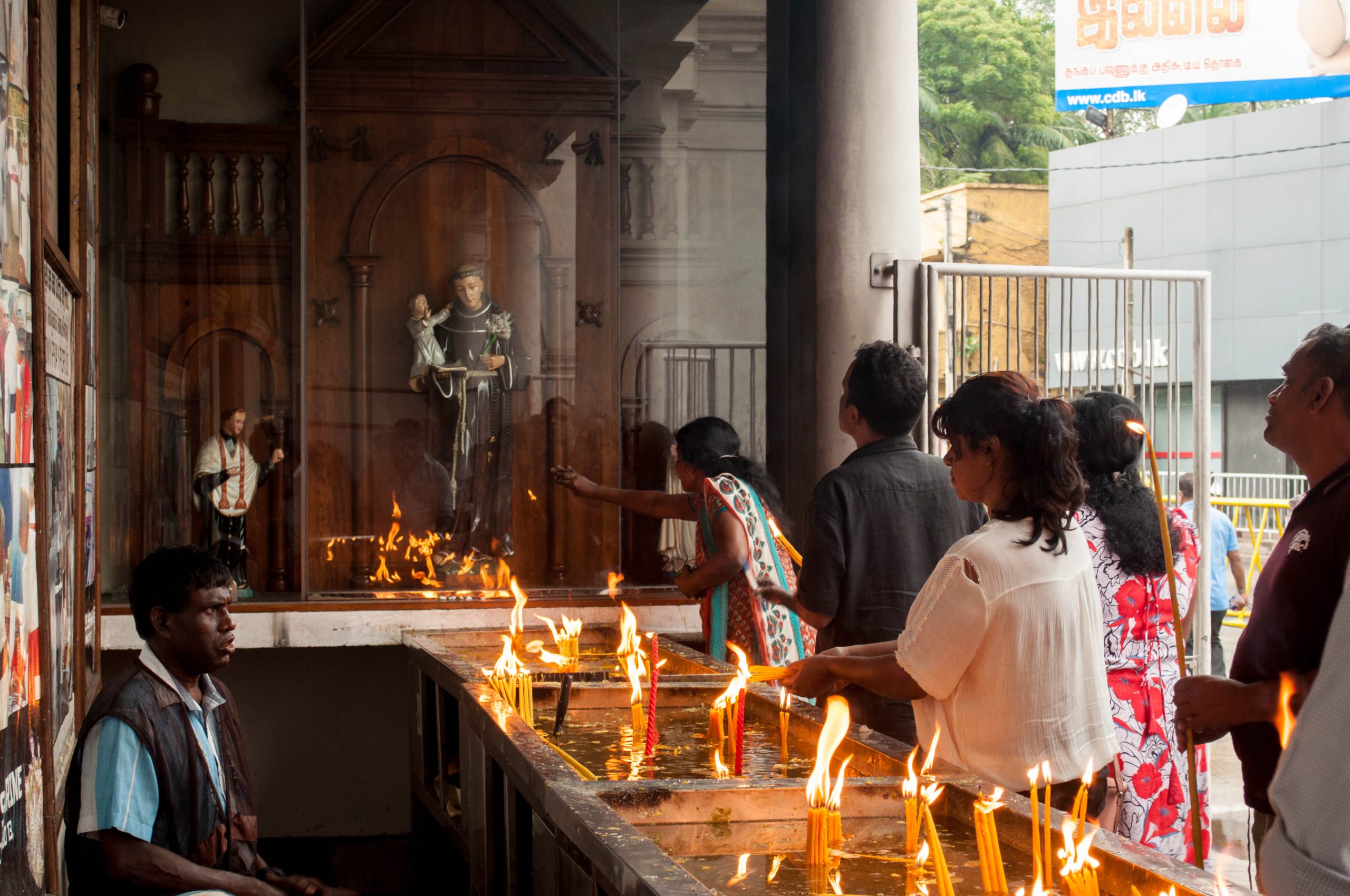One Thursday morning Sister Luisa, an aging nun at the Sanctuary of the Madonna of San Luca, was on her way to the prayer room when she noticed a tall ominous creature emerge from the convent gates.
The sun glistened off its leathery skin, wet from the morning rain. In long strides it splashed through the mud. As it raised its head, one could see its flat circular eyes, completely black, and just below them protruded a hideously large beak. It looked around, seeming to sniff the air, and it saw Sister Luisa approaching.
“Ah good morning, Doctor Marius,” she said to the creature, “didn’t expect to see you back so soon.”
“I need to examine the sick again,” came a muffled voice from behind the beak.
“Again? Do you think something can be done for them yet?”
“Perhaps, perhaps… I will need to see, I just need to examine them again” he said as he glided past her without stopping.
She noticed a difference in his manner. He was not this preoccupied yesterday.
“Should I tell Sister Agnes you are here?” she shouted at him, trying to catch up with short, rapid steps.
The doctor pretended not to hear the question and walked hurriedly along the edge of the courtyard, past the chapel and around the main monastery. He continued towards the infirmary building, hidden behind a twisted thicket of trees, and rushed inside shutting the doors behind him.
Marius was still a young boy when the black plague first came to town. His father, a leather tanner, was well liked by the local doctors, and they took in his son as an apprentice. Although he didn’t care much for the study of medicine, it was a lot more respectable and a little less smelly than soaking rotting animal hides in urine. So Marius imitated the work of his teachers, and found a particular gratification in the fear and reverence that people felt in his presence, especially after a lifetime of derision.
In his youth he was always ashamed as he walked in the streets, as people around him scrunched up their noses at the stink of the tannery constantly clinging onto him. Now as the people lay suffering and stinking in the streets it was he with the constantly scrunched up nose. As it should be. Their sickness, and his health, was definite proof. He had been good, done what was asked of him, listened to his father, listened to his teachers, and still the people had despised him. Those that had sinned had despised him for his smell, and now it was they that stank, their disgusting souls put out to display on their bodies. Marius would look at their pathetic corpses, blackened and rotting, and feel disgusted. He knew that they too were disgusted by themselves, and most of all, he knew that God was utterly disgusted by them, inside and out.
The previous day he had visited the sanctuary to treat the sick gathered there. Among the dozen or so bodies in the infirmary he noticed one woman, whom he recognized from long ago. He had secretly desired her then, but now his feelings were very different, although just as strong.
Her body was thin and emaciated, her fingers and feet were black with rot, and in her gaunt bony face he saw nothing of the fresh youthful girl he knew before. What horrible things she must have done to deserve this, he thought. Behind the mask his face contorted in disgust as the most vile and repulsive acts flashed through his mind. What a sinful person she must have become.
As Sister Luisa looked on intently, he opened his bag and produced a collection of vials filled with ointments. He then reached over to the comatose woman and put his gloved hands into her armpits, feeling for the swollen buboes which formed on the bodies of the infected. At his touch the woman shivered slightly and let out a weak whimper. None here, they must be near her groin.
Marius lifted her tunic and noticed an especially large bubo on her inner thigh, red and shiny. It rippled as he moved her leg, the thick fluid inside swishing back and forth. He opened one of the vials and applied the ointment on a rag. Leaning close he gently prodded on the bubo with the rag. It wobbled a bit and then suddenly burst, releasing a torrent of bloody pus all over the bed. Sister Luisa instantly gagged and grabbed her mouth, but the stench was too much to handle and she ran outside.
As he listened pitifully to the sound of Sister Luisa vomiting outside, Marius was suddenly struck by a faint smell which pierced through the aromatic herbs in his mask. Most of his waking life was masked by the smell of these herbs, which by now smelt like nothing, and so to him the world smelt like nothing. But this … this smell … this was something. Something that took him back, far into the past. He couldn’t place it specifically, but he knew that he knew it. One smell, amongst many, he had thought forgotten, now reawakened. But as quickly as it hit him, it faded away, and the bland, familiar scent of herb clouded the world again. What is that smell? He inhaled deeply to try and reclaim the memory, but to no avail. I know it. I know I know it. But what is it?
Glancing quickly around the room he saw the other women in their beds, groaning and convulsing, lost in the delirium of their own suffering. After a brief moment of hesitation he lifted his mask, thrust his face as close as he could to the bubo, which was still oozing blood and pus, and took a long deep breath.
Suddenly he was taken away. Transported far back to a memory which sat alone, with no connection to any other memory, no connection to the world he knew today. Except for this one absolutely putrid smell. It was a memory of pure sin, pure evil, for what else could smell this horrid?
But before he could grasp it, the stench washed over and through him. His stomach felt an incomprehensible fear. Blinded by the taste of poison, decay and death, it desperately bundled itself up in panic, heaving its warm contents up into his throat, and spewing them out all over the open wound.
The world was not the same to him after that moment. Or rather, it was the same, but it was not the whole world, not complete. He had just glimpsed underneath the veil, and that one visceral moment had shown him more than he could have ever imagined. He could still feel the vomit burning in his throat and mouth, and he could still taste it tickling his lips, now flavoured with the spicy herbs stuffed in his nose. But this simple ugliness seemed sweet compared to the horror he had sensed earlier, when the scent of decay pierced into his nose, wrapped around his body, squeezing and contorting it until all he could feel, all he could comprehend in that moment, was complete and utter disgust.
I knew there was horror in this world, I knew these people were sinful, but not like that. Who could dream of such vileness, such repulsive evil? I never knew such a thing existed.
And then he remembered, when he first perceived the smell it had ignited that memory, that lost memory. He did know this evil. He did know such a thing existed, but what was it? And when? What had he smelt so long ago?
I have to go back
When Marius approached the bed the next day he was surprised to find the woman still alive. Her body was completely still but he noticed her short shallow breaths. I wonder what she’s thinking about? What do people think about when they are near the end? He looked at her face and saw that her eyes were half open, vacantly gazing at him. Maybe she thinks that I am an angel, or more likely a demon, here to ferry her to the next life.
The woman lay there immobile, completely numb, but with dull throbbing pains dancing around and inside her, pulsating outward and inward, spinning the world round and round. As her vision came into focus she noticed the tall dark figure brooding over her.
Oh, it’s the doctor who puked on me yesterday, she thought, I wonder what he’s going to do today.
First, Marius lifted her leg to check the bubo on her thigh, or what was left of it. The wound was still covered in his vomit, but now it also hosted a collection of wriggling maggots and a long trail of ants feeding off its lush pickings. He quickly brushed the pests off, ripped off his mask, and took another long deep breath. Again his body convulsed at the stink of the festering wound, but this time his stomach was braver, holding its own in the face of death.
He desperately searched for the memory, but only found himself recalling yesterday’s breakfast. The vomit must be tainting the smell, I should use someone else. He quickly turned to the next patient and lifted her tunic to find a bubo. Seeing one there he spread her legs, pulled out a needle and hunched over close, smiling in anticipation. This is it, now I’ll know.
With one hand he made a small prick on the bubo, and with the other he pushed down, squeezing the pus out. Closing his eyes he inhaled deeply as the pus splattered over his exposed face and into his open mouth. The rancid taste sent a shiver down his spine. This time the nausea was fainter, but so was the memory. It was clouded. Clouded by the moment yesterday, when he smelled the first bubo. He remembered how disgustingly evil it smelt, but the original memory it had evoked was fading.
In a panic he scrambled around the room, stripped every patient there, burst every bubo he could find, and inhaled its essence to try to remember and every time did not remember why he remembered it, only that he did.
As the frenzy subsided his attention came back to the moment. He looked around the room, and for the first time saw the women writhing and convulsing in agony. The sound of their wails filled the room like a morbid choir and a heavy stench of blood, pus, and sweat hung in the air, constricting and suffocating him. The world started spinning and he felt a sudden, uncontrollable urge to lie down. Slowly he lay on the floor and closed his eyes. The wailing slowly faded away and he slipped into darkness.
Marius woke up in a violent fit of coughs, his whole body aching. He wiped the thick layer of mucus off his eyes and looked around. It was dark, apart from a sliver of moonlight peeking through a nearby window.
How long had it been?
With great effort he sat up in bed, the sweat-drenched sheets still clinging to his body.
This isn’t my room.
Where am I?
As he tried to stand up, he suddenly felt a sharp sting in his groin. He quickly sat back down and as the pain subsided, a terrible thought crept into his head.
He slowly lifted his leg, angling it towards the window, and there he saw it. A massive bubo, the size of a large grape, smooth and shiny, glistening in the moonlight.
He ran his fingers over it and then pinched it, rolling it gently between his index finger and thumb. He started squeezing the bubo harder, now using both hands. With each press he felt a stinging jab piercing into his leg and rippling outward. His neck tightened, his face throbbed, and his eyes watered but through gritted teeth he kept squeezing harder and harder. The bubo wriggled and squirmed between his fingers like a helpless maggot, until… POP! A searing surge of pain shot through his body like a hot knife, and then it cooled in a wave of release. Warm pus spilled over his legs and hands. Instinctually, he thrust his face into his crotch and took a long, deep breath.
The smell of the infirmary flooded back into his memory and Marius was enveloped in a cloud of decay. He felt the soupy air around him, he heard the incessant buzzing of flies, he heard the cries of agony from the sick women, and most of all he smelt the putrid stench of the first bubo, a smell which had seemed so familiar at the time. As these repugnant visions danced through his mind, mocking and tormenting him, his whole body shook in fear and disgust. But his stomach in particular remembered the revulsion it had felt that day. And faced again by that primal terror it shrunk in desperation, spewing its contents all over his body.
